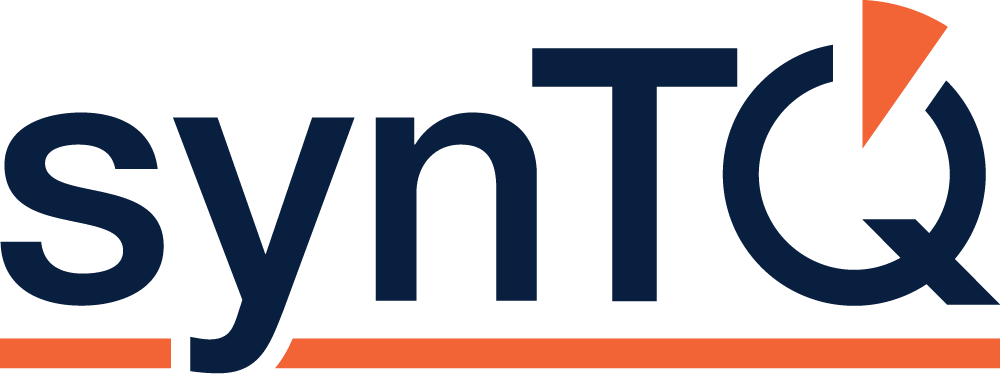The majority of the top ten global pharmaceutical companies are now working with a PAT based production and development platform set to bring big benefits to the industry.

Over half of the top ten global pharmaceutical companies are now using or evaluating the process analytical technology (PAT) based production and development software platform from Optimal. The synTQ suite has the capacity to reduce lead times on drug development and production, as well as reduce costs, improve product quality attributes and connect the supply chain.
Use of the latest Process Analytical Technology (PAT) software is creating a paradigm shift in pharmaceutical production, one that could come to represent the largest shift in market dynamics in the last few decades. For patients, it promises to bring drugs to market faster in the future; while for manufacturers, it offers increased productivity from the same manufacturing footprint and reduced production costs on compounds that were traditionally more time consuming to manufacture.
Blue-Chip pharma companies all share in PAT implementation experience
Speaking at a recent synTQ user conference in Maryland USA – representatives from leading Blue-Chip pharma companies shared their PAT implementation and execution experiences using the synTQ platform with other industry professionals and academics. Furthermore, the event provided an opportunity for Optimal to gather essential development feedback, information which is already influencing the current iteration of the software: synTQ V5.
Born out of a need to find a workable holistic production methodology that complied with guidelines from the FDA and other independent regulatory bodies – synTQ utilises a PAT working methodology to enable continuous manufacturing by influencing production from the initial design of experiments stage. Knowledge gained is stored within the system in a regulatory compliant way and can be passed from development and trial systems to full production processes. This knowledge is invaluable; and has the potential to greatly reduce or eliminate scale up time, which has the same effect as an extension in patent life.
Information on quality attributes and process parameters is acquired and interpreted via univariate and multivariate methods in real time, the results of which then actively influence production processes to achieve a fully compliant finished product with consistently high quality. As a result of this quality assurance, real-time release for pharmaceutical products is now attainable.
Managing the change from batch production to continuous
Driven by the successful implementation of synTQ and the wide ranging benefits of a proven PAT framework, changing over from batch production of pharmaceuticals to continuous production, combined with real-time release of approved product into the supply chain – direct from production, is re-shaping the landscape of pharmaceutical production. Constraints of the past such as mid-process and post production batch testing are now being rendered redundant as PAT frameworks continue to develop further, redefining what is possible for manufacturers of pharmaceuticals.
The shockwaves from the advent of continuous PAT production for OSD products have rippled through to API and Biotech production, where the activity level is increasing dramatically. Where used in OSD, the implementation of synTQ with continuous manufacturing has already reduced production time for some high value drugs from weeks to hours… literally. Benefits are also being delivered to all parts of the life science sector plus to chemical and food & beverage industries – where similar benefits can be reaped with a potentially very quick Return on Investment.
What will the effect of PAT implementation be for the end user?
As with any paradigm shift in technology, the full effect of the changes will take time to filter through to every corner of the market. However, sourcing medication from early adopters of the technology offers increased availability, expedited transmission of developments to the market and potentially reduced costs for certain medications that have typically been more challenging, time consuming or costly to produce.
The uptake of the technology by global major pharmaceutical manufacturers will continue to grow, simply because of the unique offering of PAT and synTQ where the technology can reduce development and manufacturing costs whilst still delivering increased product quality and speed of production.
To find out more about synTQ or the next synTQ user conference, contact Optimal directly at synTQ.com.

Recent Comments